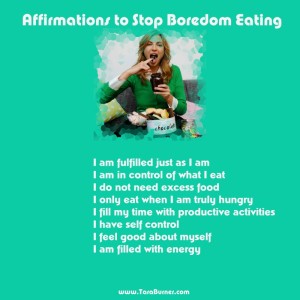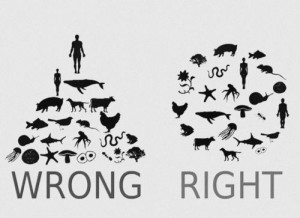Dolphins, one of the ocean’s many mammals, have quite the reputation for being one of, if not the most, intelligent mammal on earth! Some may even say that a dolphin’s cerebral capacity (brain capability) is larger than that of human’s and is capable at performing certain tasks that we are not. Like whales and porpoises, dolphins are an aquatic mammal belonging to a group called “cetaceans.”
Odontocetes (now modern day dolphins) are one of the few surviving and evolved aquatic mammals way back from when the dinosaurs roamed the earth 55,000,000 million years ago. This mammal evolved into a smaller figure but somehow developed larger and more complex brains. So how smart are dolphins exactly? Intelligence may be loosely defined as a “measure of the brain’s ability to process information in ways that solve problems and enhance one’s survival.” (understanddolphins.com) This evolved brain allowed for more complex social relationships and echolocation skills in order to navigate and communicate with their kind. 
Turns out the modern day dolphin’s encephalization quotient (brain size to average body size ratio) is 2nd right behind us (humans). That’s a pretty significantly large brain for an animal. Dolphins are known to possess communication skills, ability to conduct deliberate hunting techniques and language comprehension.
Additionally, dolphins are one of the few species that are able to pass the mirror test. Unlike almost every other species (your dog, for instance), dolphins are actually capable of indicating visual and physical self awareness. In addition to recognizing their bodies, apparently they are even able to recognize their own thoughts. This is an important cerebral property called “metacognition.” (the awareness and understanding of one’s own thought processes.)
Interestingly enough, dolphins are also known for their amazing ability to feel empathy, altruism and attachment. Have you ever heard of instances where dolphins magically help injured individuals or are able to intelligently ward off predators like sharks to prevent danger? This is no magic, it is a skill that is innate within their minds. Did you know that dolphins even posses the feelings the mourn their dead (sounds familiar, far too similar to humans)?
Conclusively, just by mere evidence that dolphins perform excellent human to dolphin and dolphin to dolphin communication, are avid problem solvers, are capable of feeling true emotion and have the 2nd largest mammal brain should be a clear indication that these animals are both invaluable to the animal and worthy of being kept safe in the deep depths of the ocean. Even across the many different species of dolphins, all possess this unbelievable ability to outsmart almost any other species (excluding humans.)
sources:
https://www.youtube.com/watch?v=05PpTqtGhGU
http://www.world-of-lucid-dreaming.com/10-animals-with-self-awareness.html#bottlenosedolphins
http://www.sciencedaily.com/terms/mirror_test.htm
https://www.youtube.com/watch?v=_bnur3gHJ0s
http://understanddolphins.tripod.com/dolphinbrainandintelligence.html




 (
(



 Caffeine is definitely referred to as a kind of stimulant as is Adderall, or amphetamine. I have several friends who have been professionally diagnosed with
Caffeine is definitely referred to as a kind of stimulant as is Adderall, or amphetamine. I have several friends who have been professionally diagnosed with 







